LOCATION: Native to New Zealand. Throughout Te Mata Park, you will hear the friendly ‘cheet cheet’ call of the fantail, also known as Pīwakawaka. Easily recognised for its energetic flying antics, the fantail uses its broad tail to change direction quickly while hunting for insects. Their favourites are moths, flies, spiders, wasps, and beetles, although they sometimes also eat fruit.
BEHAVIOUR: The fantail is quite short lived – the oldest bird recorded in New Zealand was three years old. They stay in pairs all year and are prolific breeders, with females laying as many as five clutches of two to five eggs in one season. Fantail young are fed about every 10 minutes – about 100 times a day – so it’s understandable that during waking hours the bird is almost never still, constantly seeking out flying insects. The cheeky fantail is not shy and will often flit within a few metres of people, hoping to catch any small flying insects that we humans have disturbed.
CULTURE: In Māori mythology, the fantail was responsible for the presence of death in the world. Maui, thinking he could eradicate death by successfully passing through the goddess of death, Hine-nui-te-po, tried to enter the goddess’s sleeping body through the pathway of birth. The fantail, warned by Maui to be quiet, began laughing and woke Hine-nuite-po, who was so angry that she promptly killed Maui. (DOC website)
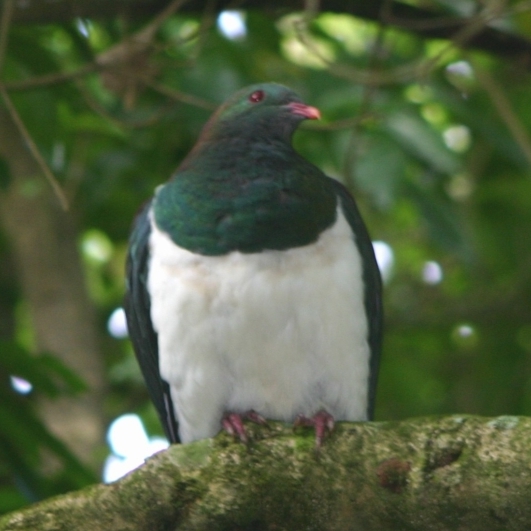 Source: Mike Lusk
Source: Mike Lusk Five times winner of the prestigious international green space award.
Five times winner of the prestigious international green space award.
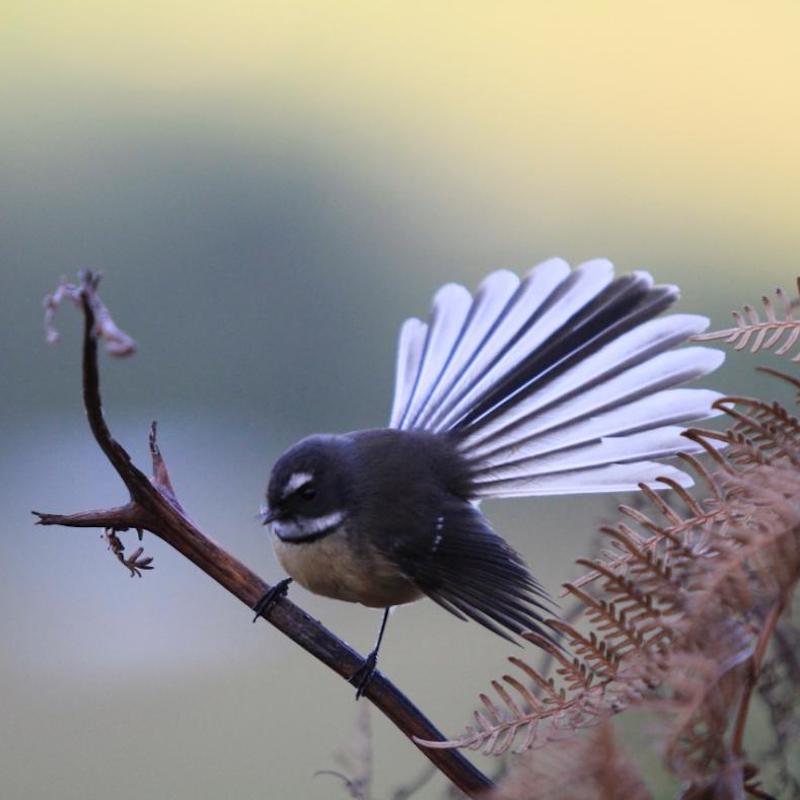
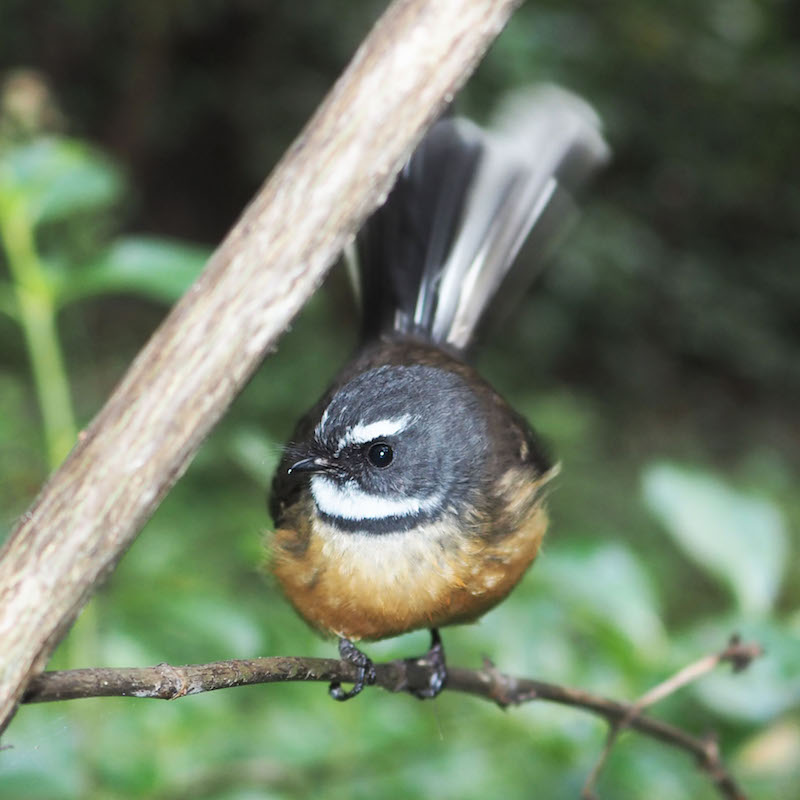 Source: Mike Lusk
Source: Mike Lusk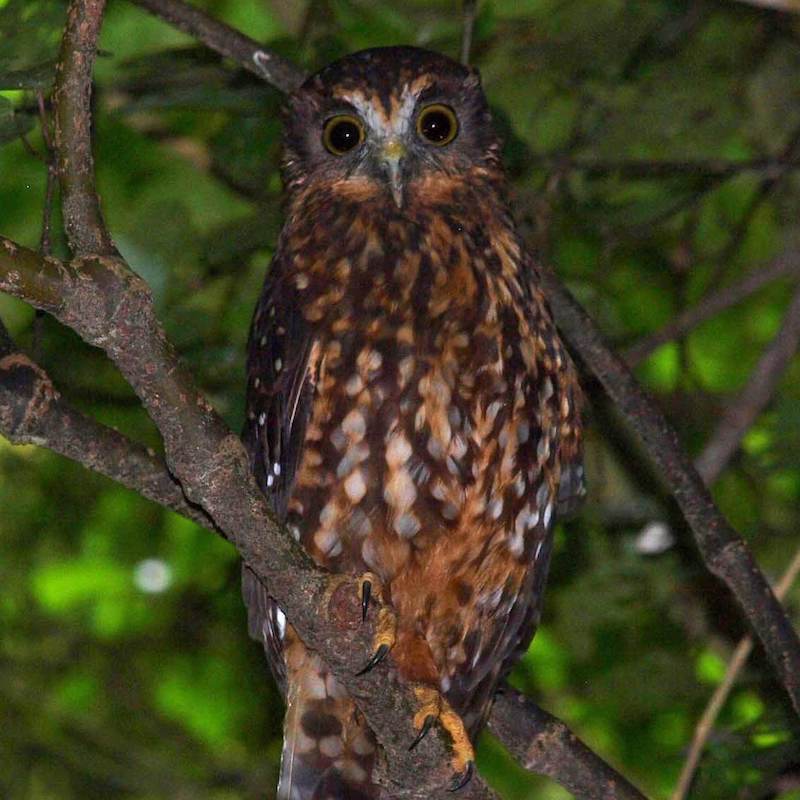 Source: Mike Lusk
Source: Mike Lusk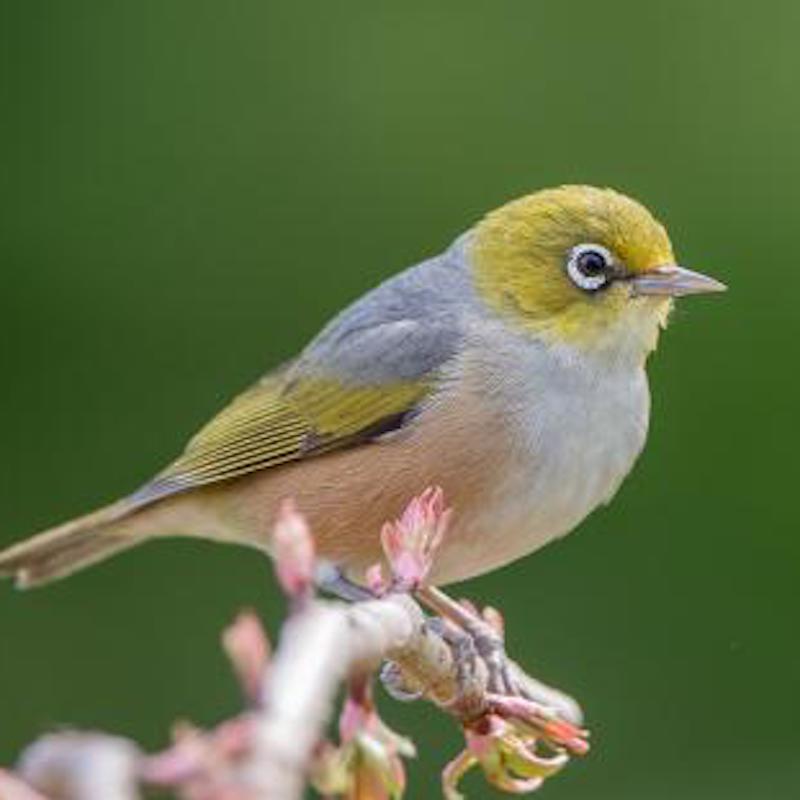 Source: Tony Whitehead, NZ Birdsonline
Source: Tony Whitehead, NZ Birdsonline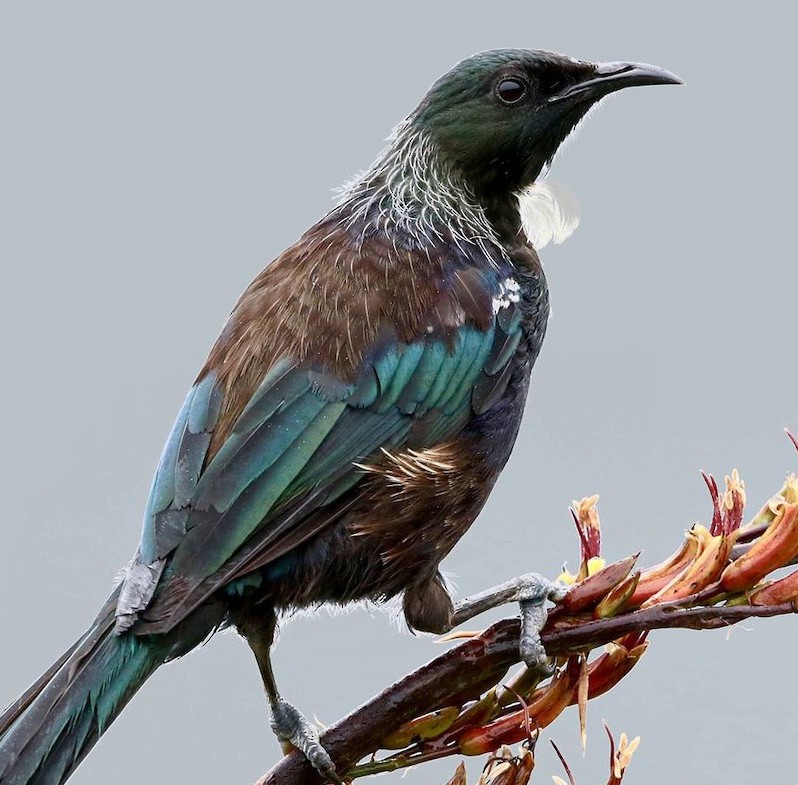

 Source: Mike Lusk
Source: Mike Lusk Source: Tony Whitehead, NZ Birdsonline
Source: Tony Whitehead, NZ Birdsonline